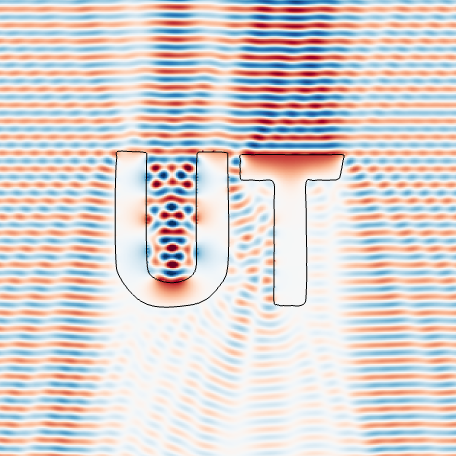Organization:
Funded by: | NWO |
PhD: | |
Supervisors: | |
Collaboration: | - |
Description:
Volume potentials (VPs), also known as volume integral operators, are essential tools to solve and analyze partial differential equations (PDEs). These operators provide “inverses” of linear elliptic partial differential operators with known fundamental solutions, making it possible to recast linear and non-linear PDEs as simpler (sometimes derivative-free) equations that are easier to solve and analyze.
Although VPs have broad applicability, their computation has been relatively neglected in the context of complex geometries due to several challenges that must be addressed to efficiently and accurately evaluate these operators. These challenges include the singular nature of the fundamental solution, nearly singular integrals, and high computational costs associated with slow kernel decay and dense-matrix computations.
This project deals with a novel class of high-order methods for the efficient numerical evaluation of VPs defined by volume integrals over 2D and 3D complex geometries. Inspired by the Density Interpolation Method (DIM) for boundary integral operators, the proposed methodology leverages Green’s third identity and a local polynomial interpolation of the density function to recast a given VP as a linear combination of surface-layer potentials and a volume integral with a regularized (bounded or smoother) integrand. The layer potentials can be accurately and efficiently evaluated inside and outside the integration domain using existing methods (e.g. DIM), while the regularized volume integral can be accurately evaluated by applying elementary quadrature rules to integrate over structured or unstructured domain decompositions without local numerical treatment at and around the kernel singularity.
The proposed methodology is flexible, easy to implement, and fully compatible with well-established fast algorithms such as the Fast Multipole Method and H-matrices, enabling VP evaluations to achieve near-linear computational complexity. This method has the potential to significantly extend the benefits of volume and boundary integral equation methods to a wide variety of PDE-based electromagnetic, acoustic, fluid, and solid elastic models that are central to many scientific and engineering applications.
Output:
Pictures:




